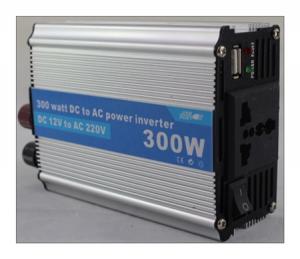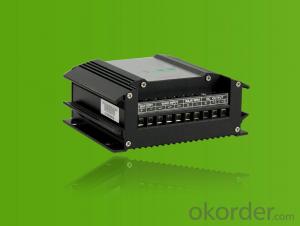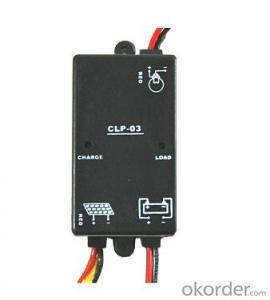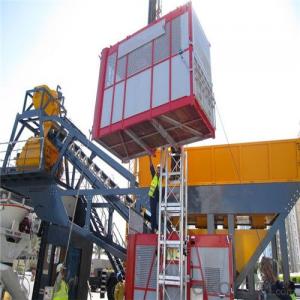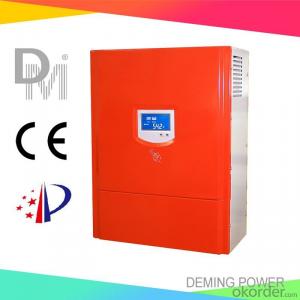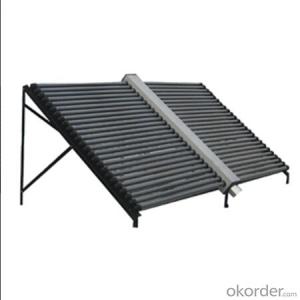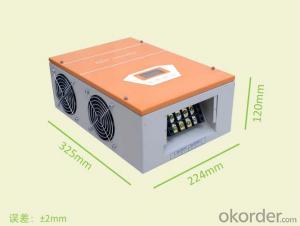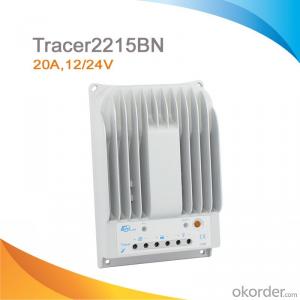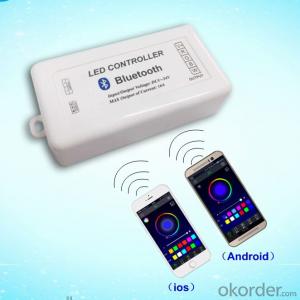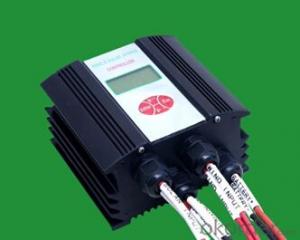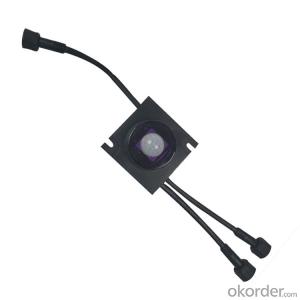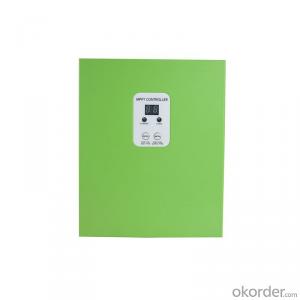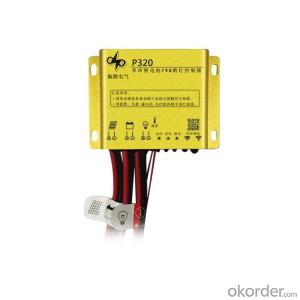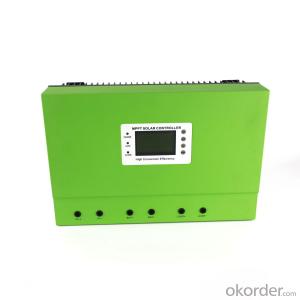Kanitti Solar Controller
Kanitti Solar Controller Related Searches
Best Inverter Solar Panel Solar Panel On Roof Rack Inverter To Solar Panel Ratio Solar Panel Decking Lights Solar Panel Inverter Box 1000 Watt Solar Panel Inverter 12 Volt Solar Panel Inverter Plastic Solar Lanterns Buy Solar Panel Inverter Solar Panel Inverter CostHot Searches
Solar Hot Water Collectors For Sale 8 Inch Water Pump For Sale Solar Inverter For Split Ac Solar Inverter With Ac Outlet 1 Hp Solar Water Pump Price Jain Solar Water Pump Price Kirloskar Solar Water Pump Price Aluminum Ac Coil Scrap Price China Solar Ac Module Solar Pump Inverter Price Lorentz Solar Water Pumps Price Price Of Water Cooler Evacuated Tube Solar Collectors Price Lorentz Solar Pumps Price Cost Of Evacuated Tube Solar Collectors Buy Hot Water Bag Fish Tank Air Pump Price Aquarium Air Pump Price Air Pump Price Chlorine Dosing Pump PriceKanitti Solar Controller Supplier & Manufacturer from China
Okorder.com is a professional Kanitti Solar Controller supplier & manufacturer, offers integrated one-stop services including real-time quoting and online cargo tracking. We are funded by CNBM Group, a Fortune 500 enterprise and the largest Kanitti Solar Controller firm in China.Hot Products
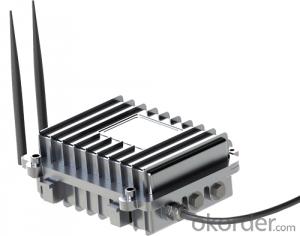
Internet of Things Wireless Centralize Controller Remote Monitor System MPPT Solar Charge Controller
FAQ
- A solar controller is designed to efficiently regulate and optimize the charging process of a solar panel system based on ambient light conditions. It uses advanced technology and algorithms to handle variations in light intensity and adjust the charging parameters accordingly. One of the primary functions of a solar controller is to monitor the voltage and current generated by the solar panels. When there is sufficient sunlight, the controller detects a higher voltage and current, indicating optimal charging conditions. In response, it adjusts the charging parameters to allow maximum power transfer from the panels to the battery, ensuring efficient charging. However, as ambient light conditions change, the solar controller needs to adapt to ensure the system's optimal performance. During low light conditions, such as cloudy or overcast days, the controller detects a drop in voltage and current. In such cases, it reduces the charging parameters to prevent overcharging the battery, which could lead to damage or reduced lifespan. Conversely, during periods of high light intensity, such as sunny days, the controller detects an increase in voltage and current. To prevent overloading the battery, it adjusts the charging parameters to limit the amount of power transferred, ensuring the battery is charged safely and efficiently. Furthermore, a solar controller may also incorporate additional features like temperature compensation to handle variations in ambient temperature. As temperature affects the charging process, the controller adjusts the charging parameters accordingly to compensate for temperature fluctuations and maintain optimal charging conditions. In summary, a solar controller effectively handles variations in ambient light conditions by continuously monitoring and adjusting the charging parameters based on the voltage and current generated by the solar panels. This ensures that the solar panel system operates efficiently, maximizes power transfer, and protects the battery from overcharging or other potential issues.
- Yes, a solar controller can be used with solar-powered air conditioners. A solar controller is designed to regulate the flow of electricity from the solar panels to the connected devices, including air conditioners. It helps optimize the performance and efficiency of the system by managing the power supply and protecting the connected appliances.
- Yes, a solar controller can be used with solar-powered indoor waste management facilities. A solar controller is an essential component of a solar power system, as it regulates the flow of electricity from the solar panels to the batteries. It ensures that the batteries are charged properly and protects them from overcharging or discharging. In the case of solar-powered indoor waste management facilities, the solar controller would be connected to the solar panels installed on the facility's roof or surrounding areas. The solar panels would capture sunlight and convert it into electricity, which would then be stored in batteries for later use. The solar controller would monitor the charging process and prevent any damage to the batteries by maintaining a proper charging voltage. It would regulate the flow of electricity from the solar panels, ensuring that the batteries are charged efficiently and effectively. This would maximize the utilization of solar power and minimize reliance on grid electricity. Using a solar controller in such facilities would not only reduce their carbon footprint but also help in reducing operational costs by utilizing renewable energy sources. It would also provide a reliable and sustainable power supply, even in areas with unreliable grid electricity. Therefore, a solar controller is a crucial component in solar-powered waste management facilities, allowing them to harness the power of the sun and operate efficiently while being environmentally friendly.
- A solar controller handles load control and diversion charging through its built-in features and capabilities. Load control refers to the management of power distribution to various loads or appliances connected to the solar system. Diversion charging, on the other hand, involves the redirection of excess energy produced by the solar panels to charge additional devices or batteries. To handle load control, a solar controller typically offers multiple load terminals or outputs. These terminals can be connected to different electrical loads, such as lights, fans, or other appliances, allowing the controller to control the power flow and regulate the energy consumption of each load. This ensures that the available solar power is efficiently utilized and prevents overloading of the system. Diversion charging is achieved by connecting a diversion load, such as a dump load or a secondary battery bank, to the solar controller. When the solar panels generate more energy than the connected loads require, the controller diverts the excess power to the diversion load. This prevents the batteries from overcharging and maximizes the utilization of the solar energy. Solar controllers often employ sophisticated algorithms and monitoring systems to determine when to activate load control or diversion charging. These algorithms take into account various factors, such as battery voltage, solar panel output, and load requirements, to make intelligent decisions regarding power distribution and diversion. Some controllers even feature advanced MPPT (Maximum Power Point Tracking) technology, which optimizes the solar panel output and ensures efficient power conversion. In summary, a solar controller handles load control and diversion charging by providing multiple load terminals for power distribution and diverting excess energy to a diversion load. It utilizes algorithms and monitoring systems to make intelligent decisions and optimize the utilization of solar energy.
- The maximum current that a solar controller can handle depends on its design and specifications. It can range from a few amps to several hundred amps, depending on the size and capacity of the controller.
- The maximum load current that a solar controller can handle varies depending on the specific model and its specifications. It is important to refer to the manufacturer's documentation or consult the technical specifications for accurate information regarding the maximum load current capacity of a particular solar controller.
- The output voltage range of a solar controller typically varies between 12 and 48 volts, depending on the specific model and application.
- Yes, a solar controller can be used with different types of solar panel snow removal systems. A solar controller is an essential component of a solar power system, responsible for regulating the charge and discharge of batteries and protecting them from overcharging or over-discharging. It does not directly interact with the snow removal system itself. The snow removal system, on the other hand, can vary based on the specific design and technology used. There are different types of solar panel snow removal systems available in the market, such as heating elements, mechanical brushes, or tilting mechanisms. These systems are designed to remove or prevent snow accumulation on solar panels, ensuring optimal performance. While the solar controller does not directly control or interact with the snow removal system, it plays a crucial role in managing the overall power system. It ensures that the batteries are charged efficiently from the solar panels and that excess power is not wasted or lost. This is particularly important during periods of snowfall when solar panel output can be reduced due to snow cover. In summary, a solar controller can be used in conjunction with different types of solar panel snow removal systems. It ensures efficient charging of batteries from solar panels, which indirectly supports the operation of the snow removal system by maintaining a steady power supply.




